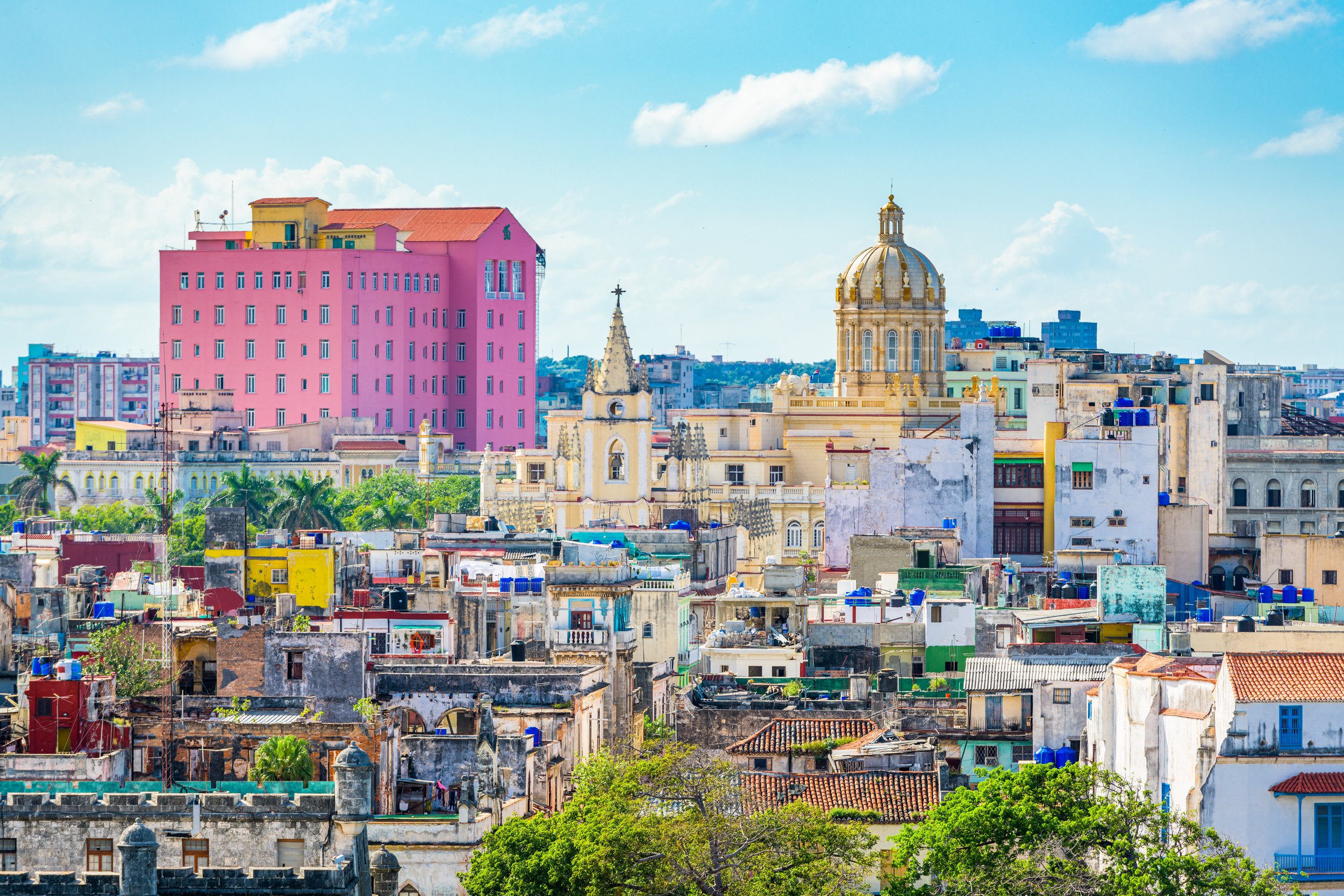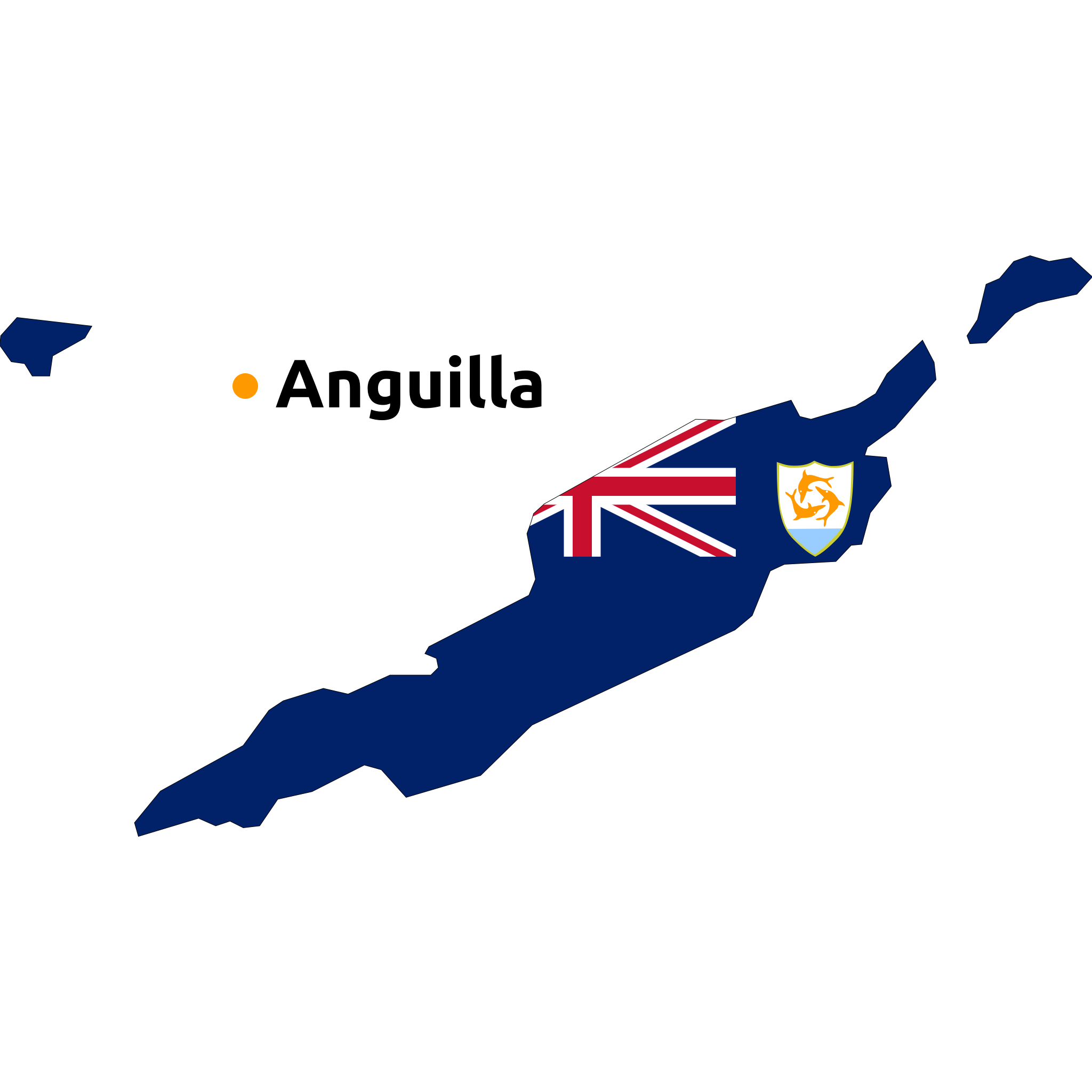Country Summary: Cuba (Republic of Cuba)

Country Name: Cuba (Republic of Cuba)
Capital: Havana
Government Type: communist state
Background: The native Amerindian population of Cuba began to decline after the arrival of Christopher COLUMBUS in 1492 and following its development as a Spanish colony during the next several centuries. Large numbers of African slaves were imported to work the coffee and sugar plantations, and Havana became the launching point for the annual treasure fleets bound for Spain from Mexico and Peru. Spanish rule eventually provoked an independence movement and occasional rebellions were harshly suppressed. US intervention during the Spanish-American War in 1898 assisted the Cubans in overthrowing Spanish rule. The Treaty of Paris established Cuban independence from Spain in 1898 and, following three-and-a-half years of subsequent US military rule, Cuba became an independent republic in 1902 after which the island experienced a string of governments mostly dominated by the military and corrupt politicians. Fidel CASTRO led a rebel army to victory in 1959; his authoritarian rule held the subsequent regime together for nearly five decades. He handed off the presidency in February 2008 to his younger brother Raul CASTRO. Cuba's communist revolution, with Soviet support, was exported throughout Latin America and Africa during the 1960s, 1970s, and 1980s. Miguel DIAZ-CANEL Bermudez, hand-picked by Raul CASTRO to succeed him, was approved as president by the National Assembly and took office on 19 April 2018. DIAZ-CANEL was appointed First Secretary of the Communist Party on 19 April 2021 following the retirement of Raul CASTRO, and continues to serve as both president and first secretary.
Cuba traditionally and consistently portrays the US embargo, in place since 1961, as the source of its difficulties. As a result of efforts begun in December 2014 to reestablish diplomatic relations with the Cuban Government, which were severed in January 1961, the US and Cuba reopened embassies in their respective countries in July 2015. The embargo remains in place, and the relationship between the US and Cuba remains tense.
Illicit migration of Cuban nationals to the US via maritime and overland routes has been a longstanding challenge. On 12 January 2017, the US and Cuba signed a Joint Statement ending the so-called "wet-foot, dry-foot" policy – by which Cuban nationals who reached US soil were permitted to stay. Irregular Cuban maritime migration has dropped significantly since FY 2016, when migrant interdictions at sea topped 5,000, but land border crossings continue. In FY 2022, the US Coast Guard interdicted almost 10,000 Cuban nationals at sea. Also in FY 2022, 230,000 Cuban nationals presented themselves at various land border ports of entry throughout the US.
Region: Caribbean
Population: 10,985,974 (2023 est.)
Ethnic Groups: White 64.1%, Mulatto or mixed 26.6%, Black 9.3% (2012 est.)
Languages: Spanish (official)
Religions: Christian 58.9%, folk religion 17.6%, Buddhist <1%, Hindu <1%, Jewish <1%, Muslim <1%, other <1%, none 23.2% (2020 est.)
Economic Overview: still largely state-run planned economy, although privatization increasing under new constitution; widespread protests due to lack of basic necessities and electricity; massive foreign investment increases recently; known tobacco exporter; unique oil-for-doctors relationship with Venezuela; widespread corruption
Currency: Cuban Peso (CUP)
Reserves of Foreign Exchange & Gold: $11.35 billion (31 December 2017 est.)
Real GDP (Purchasing Power Parity): $137 billion (2017 est.) note: data are in 2016 dollars
Real GDP Growth Rate: 1.77% (2022 est.) note: annual GDP % growth based on constant local currency
Real GDP per Capita: $12,300 (2016 est.) note: data are in 2016 US dollars
Exports:
$2.63 billion (2017 est.) note: Data are in current year dollars and do not include illicit exports or re-exports.
Comparison Ranking: 154
Export Commodities: cigars, nickel, sugar, rum, zinc (2021)
Export Partners: China 38%, Spain 11%, Netherlands 5%, Germany 5% (2019)
Imports:
$11.06 billion (2017 est.)
Comparison Ranking: 116
Import Commodities: poultry meat, wheat, soybean products, corn, concentrated milk (2019)
Import Partners: Spain 19%, China 15%, Italy 6%, Canada 5%, Russia 5%, United States 5%, Brazil 5% (2019)
Natural Resources: cobalt, nickel, iron ore, chromium, copper, salt, timber, silica, petroleum, arable land
Agricultural Products: sugar cane, cassava, vegetables, plantains, sweet potatoes, tomatoes, milk, pumpkins, mangoes/guavas, rice
Industries: petroleum, nickel, cobalt, pharmaceuticals, tobacco, construction, steel, cement, agricultural machinery, sugar
Industrial Production Growth Rate:
-6.73% (2022 est.) note: annual % change in industrial value added based on constant local currency
Comparison Ranking: 206
Labor Force: 5.286 million (2022 est.)
Unemployment Rate: 1.25% (2022 est.) note: % of labor force seeking employment
Natural Hazards: the east coast is subject to hurricanes from August to November (in general, the country averages about one hurricane every other year); droughts are common
Geography:
Total: 110,860 sq km
Land: 109,820 sq km
Water: 1,040 sq km
(Country Summary, The World Factbook, CIA.gov)
LEGAL, FINANCIAL, & TAX ADVICE DISCLAIMER: The information on SportsLifeMoney’s™ (“SLM”) websites, podcast network, videos, social media accounts, and other platforms (collectively, “SLM Platforms”) is strictly and solely provided for educational and informational purposes only. All of the information and materials on the aforementioned SLM Platforms do not constitute and are not intended to provide legal, financial, accounting, or tax advice, and should not be relied on in that respect. SLM recommends that you consult with an attorney, certified financial advisor, or licensed accountant to answer any legal, financial, or tax questions you may have. SLM also recommends that you consult with an attorney, certified financial advisor, or licensed accountant before making any legal, financial, or tax-related decisions based on content and/or subject matter included and/or discussed on any of the SLM Platforms. Before you act or rely on any information you have heard, read, viewed, and/or listened to on any of the SLM Platforms or communication mediums, SLM recommends that you confirm any and all facts that are important to your decision and that you subsequently consult with an appropriate professional (e.g., attorney, certified financial advisor, certified accountant, etc.) and have them review these facts and also confirm their validity. CAUTION: IF YOU RELY ON ANY INFORMATION, CONTENT, PRODUCT, OR SERVICE FROM ANY OF THE SLM PLATFORMS, YOU DO SO AT YOUR OWN RISK. YOU UNDERSTAND THAT YOU ARE SOLELY RESPONSIBLE FOR ANY AND ALL DAMAGES OR LOSS THAT YOU MAY INCUR THAT RESULTS FROM YOUR USE AND/OR RELIANCE OF ANY OF THE SLM PLATFORMS OR ANY OF THE CONTENT OR MATERIAL OTHERWISE PROVIDED ON ANY OF THESE SLM PLATFORMS. SLM AND ANY AND ALL OF ITS AFFILIATES MAKE NO IMPLIED OR EXPRESS REPRESENTATIONS OR IMPLIED OR EXPRESS WARRANTIES OF ANY KIND REGARDING ANY AND ALL INFORMATION ON ANY OF THE SLM PLATFORMS OR SLM’S AFFILIATE PLATFORMS. SLM AND ITS AFFILIATES WILL NOT BE HELD LIABLE FOR ANY DAMAGES. By continuing to use any of the SLM Platforms, you acknowledge and agree to the aforementioned terms and conditions of this disclaimer and any and all other legally binding terms and conditions set forth in SLM’s Privacy Policy, Terms & Conditions, and other legally binding agreements.
































